AI in Agriculture: Smarter Farming for the Future
The rules of the game for the agricultural industry are changing noticeably with the advent of AI technologies. What used to be a prerogative of larger companies – automation, comprehensive monitoring, extra effort that goes into ensuring sustainable agriculture compliance – is now largely democratized due to machine learning and AI.
Essentially, technology now lets farmers optimize input based on real-time data and leverage this data to ensure they work with maximum productivity on what they have. We deliver AI solutions that help solve common challenges encountered by farms of different sizes and types and are focused on securing tangible effects.
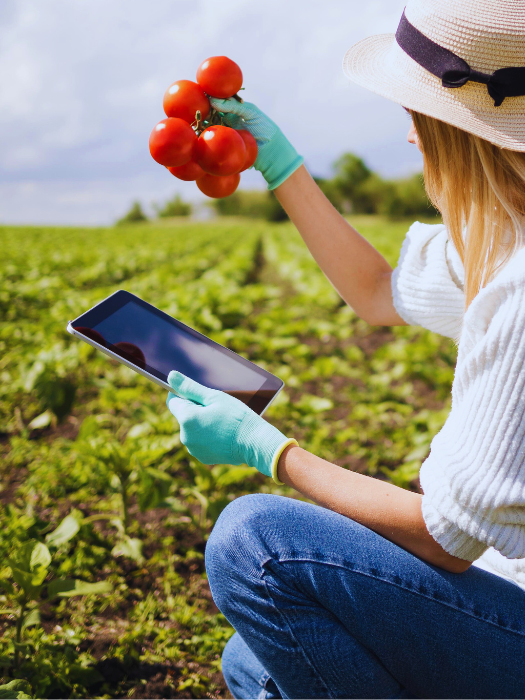
Using AI in Agriculture to Solve Common Challenges
Increasing crop yield predictability
AI models can be used to combine data from satellite imagery, sensors, and past yields to predict crop performance – a job that used to take weeks of paid time in the past. Additionally, machine learning makes it possible to plug subtler patterns in the “equation”, like early signs of water stress or lack of nitrogen, and even act on a plant level, which eliminates a lot of uncertainty and allows businesses to plan their market tactics in advance.
Optimizing cost allocation with precision agriculture
It’s not a secret that resource use is too often a financial (and ecological) black hole, where some percentage of seeds, fertilizers, irrigation, and fuel is wasted – just because it is difficult to analyze field variability with necessary precision. Computer vision coupled with drones and IoT sensors can help prescribe the exact quantities of resources where and when needed, which improves ROI by segmenting fields into automatically manageable microzones.
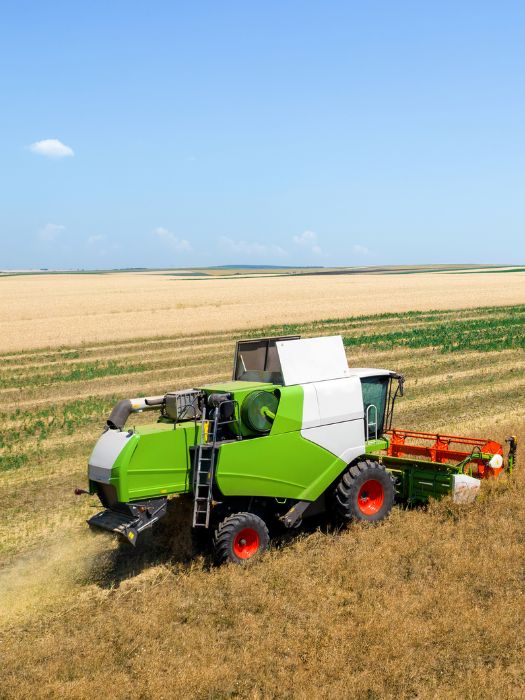
Tackling labor shortages with automation
AI is a good option to tackle labor shortages, such as seasonal variations in availability or repetitive tasks, both on the field or warehouse and in the back office. On the one hand, AI-empowered robotics can be used for weeding or sorting. On the other, data collection, some parts of logistics organization and low-level decision making is automated even without robotics.
Ensuring compliance and regenerative agriculture practices
Sustainable practices are now increasingly being mandated by regulations, so naturally, there already are practices of using AI technologies to make sure sustainability doesn’t become a burden or constraint business-wise. Artificial intelligence helps monitor custom metrics, from soil health and fertilizer runoff to carbon sequestration, and auto-generates compliance reports. Moreover, predictive models can assist in designing crop rotation and cover cropping strategies that promote soil regeneration and biodiversity.
Artificial Intelligence Solutions We Provide
Precision agriculture & irrigation systems
We develop AI-driven solutions that utilize IoT sensors and other data to optimize the application of water, fertilizers, and pesticides. A frequent and proven variant of implementation also involves smart irrigation controllers and VRS.
Computer vision & drone solutions (field mapping, pest detection)
Cameras (stationary or drone- or machinery-mounted) can transmit data that AI image recognition technology can use to monitor plant health, map soil variability and identify infestations by type. This allows to (sometimes literally) nip problems in the bud and prioritize interventions.
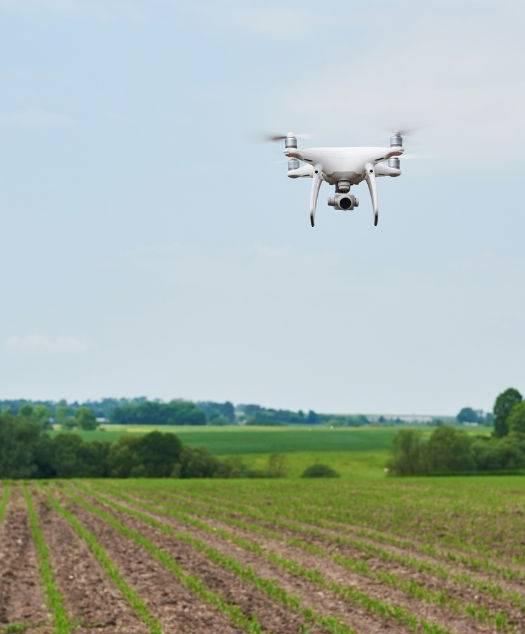
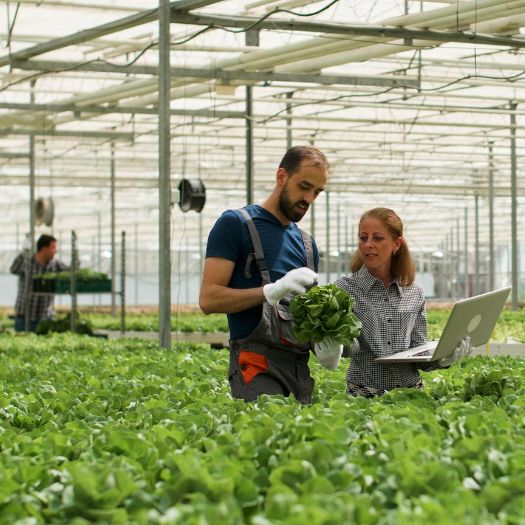
Predictive maintenance & farm management
This type of solutions analyze performance data from tractors, etc. to predict breakdowns and schedule maintenance. Similar tools are used in integrated FMS (farm management systems), which can be also designed to coordinate logistics and labor planning.
Livestock monitoring
We work on various kinds of tools using sensors and cameras to track animal health, movement, and feeding patterns. The role of AI here is to detect early signs of possible disease and make necessary adjustments automatically where possible.
Sustainability analytics
These systems align the possibilities of remote sensing and carbon accounting functionalities with regulatory frameworks or ESG goals. Benefits include easier compliance reporting, access to sustainability certifications, and the ability to monetize eco-friendly practices (e.g., carbon credits).
Supply chain analytics
Often, our customers find that artificial intelligence can also enhance agricultural business beyond the farm itself, by analyzing demand forecasts, warehouse conditions, transport routes and other factors. Additionally, these tools can be integrated with blockchain traceability systems.
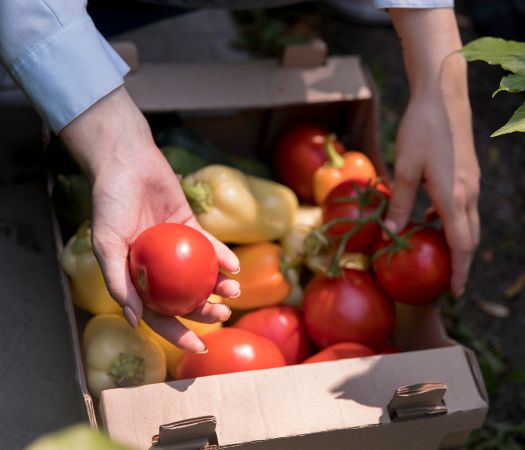
Agricultural AI Development Services
- AI consulting
- Data preparation
- Model training
- Computer vision & image processing
- AI model deployment
- IoT solution development
- Custom software platform development
- AI system integration
- Continuous maintenance
TECHNOLOGIES

Python

TensorFlow

.NET Core

Scikit Learn

NLTK

PyTorch

Open CV

Pandas
Popular AI features in precision agriculture and beyond
-
Pest detection
Implement computer vision models to identify pest species from images, enabling targeted pesticide use
-
Plant disease diagnostic tools
Deep convolutional networks that are trained to recognize signs of diseases, including fungal, bacterial, or viral ones
-
Weed mapping and segmentation
Semantic segmentation that distinguishes weeds from crops in images, thus allowing variable rate spraying
-
Crop growth stage recognition
Algorithms that analyze time series images, classifying plants by stage in order to schedule watering, fertilization or harvesting
-
Yield estimation modules
Remote sensing data and local field data are combined using regression, etc. to help predict expected yield
-
Soil nutrient/moisture prediction
Machine learning regression models use data from sensors and satellite imagery to estimate nutrient levels and moisture distribution
-
Irrigation optimization engines
Use reinforcement learning or predictive control algorithms to schedule watering according to data from weather forecasts and evapotranspiration rates
-
Automated fruit counting and grading
Object detection and image classification technologies that count fruits or sort harvested produce by size, color, or defects
-
Machinery health & maintenance prediction
Algorithms that process vibration, temperature and other equipment data to train predictive maintenance models
-
Carbon footprint & sustainability trackers
Combine production data, soil metrics, and satellite observations with AI-based emissions models to estimate carbon output and sequestration for ESG reporting and certifications
-
Supply chain optimization modules
Predictive analytics plugged into the digital technologies stack to align harvest schedules, storage capacities, and logistics, reducing spoilage

Why choose us
Industry-specific solutions
We incorporate the underlying specifics of the agricultural and food production industry in the solutions we create at early stages, so that you get a perfect fit between the software and each user’s daily reality.
Focus on user adoption
Since the ultimate user of any AI technologies or automations is still the employee who is responsible for their role in their organization, we put extra effort into bridging the gap between technology and the user.
Future-proofing the digital infrastructure
Artificial intelligence and machine learning technologies are evolving at a rapid pace, and so are market expectations and regulations. This is why we carefully evaluate which options leave more wiggle room in terms of scalability and future improvements.
Prioritizing tangible results
We don’t implement AI for AI’s sake, but rather start with a project discovery phase that helps determine clear success metrics and KPIs for the project that would justify the investment and secure ROI.
To find a perfect solution









